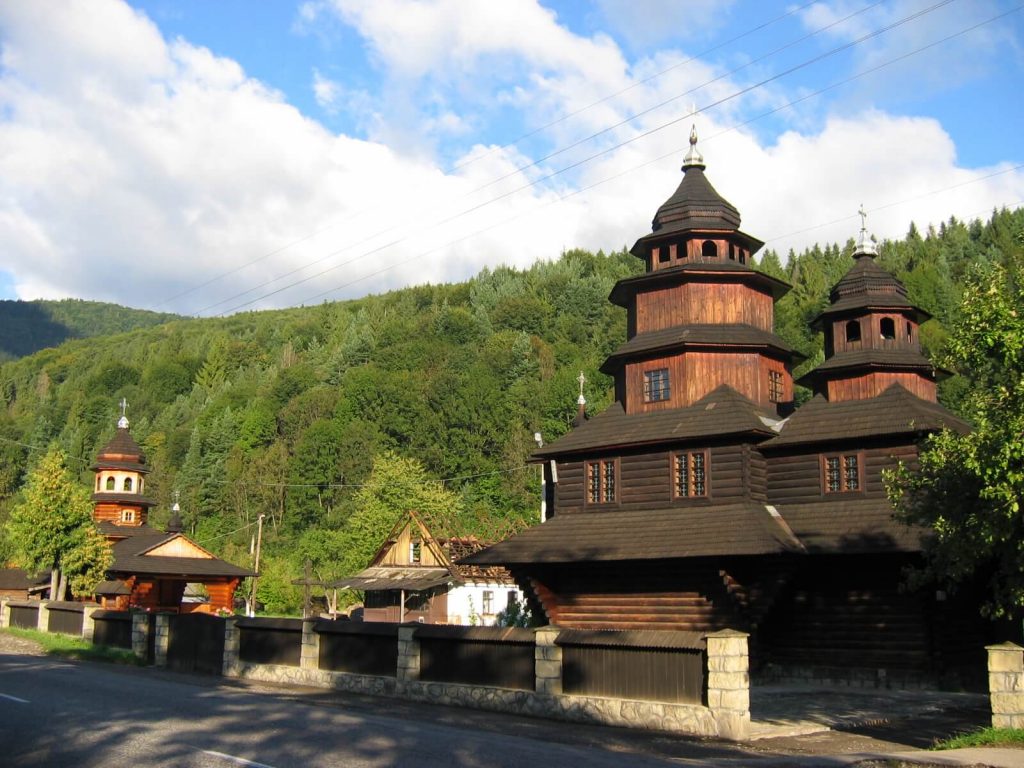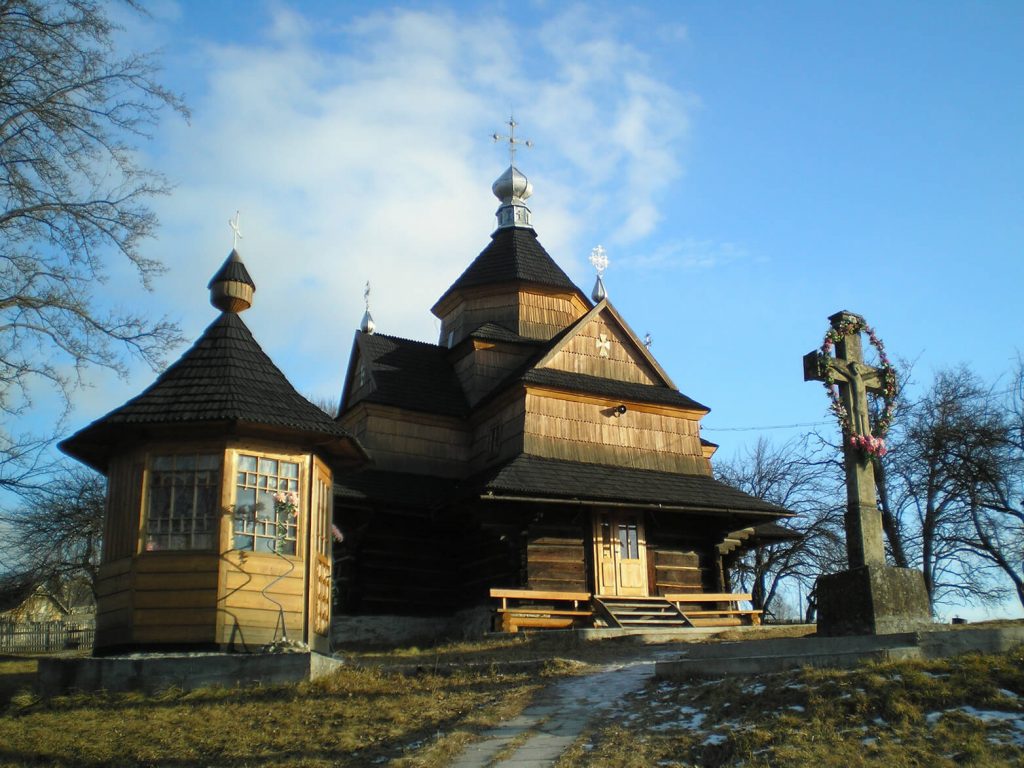Everyone, who has ever watched a movie about Harry Potter, dreams of travelling by train to Hogwarts through an incredibly beautiful bridge, called the Glenfinnan Viaduct. Although, to see the viaduct, you don’t have to buy tickets to Scotland, you just need to visit the village of Vorokhta. It is here, on the slopes of the Carpathian Mountains, where several viaduct bridges have been constructed. Unlike the Glenfinnan Viaduct, they are not built of concrete and iron, but of sandstone blocks mined in the local settlement Yamna. In addition, the Vorokhta viaducts are also 2-3 years older than their famous Scottish relative. Actually, the name “viaduct” comes from two Latin words “via” – “way” and “duco” – “I’m leading”, that is a construction that "leads the way" through deep ravines and gorges. Arches are the most distinctive elements of these bridges. They give lightness and grandeur, emphasize the object’s uniqueness, and create an incredible frame when contemplating the surrounding nature through them.
In total, 4 viaducts were built by captured Italians in the vicinity of Vorokhta during the period of the Austro-Hungarian Empire in 1894-1895.
- The viaduct near the camp site "Avangard" is 130 m long, the length of its main arch is 23 m;
- The viaduct near the Church of the Nativity of the Holy Virgin is 200 m long, the length of its main arch of 30 m;
- Viaduct over the Paradgyn stream is 185 m long;
- Viaduct near the entrance to the village of Voronenko is 170 m long.
In 2000, to preserve the two largest bridges, new bridges were built next to each of them. These bridges are out of order, while the other two continue to be used.
Like the railway, bridges were built to create the Transcarpathian highway, which connected Ivano-Frankivsk (Stanislav), Voronenko, Yasynia and Maramureș. The Ivano-Frankivsk (Stanislav) - Voronenko line gave an impetus to the development of tourism in the Carpathians and became one of the most interesting tourist attractions. Nine large stone bridges and three tunnels were built on this site. A trip “from Stanislavov to Voronenko” lasted 3 hours and 46 minutes. Unfortunately, the war made its corrections, and only the Vorokhta viaducts remained preserved on this section of the railway.






